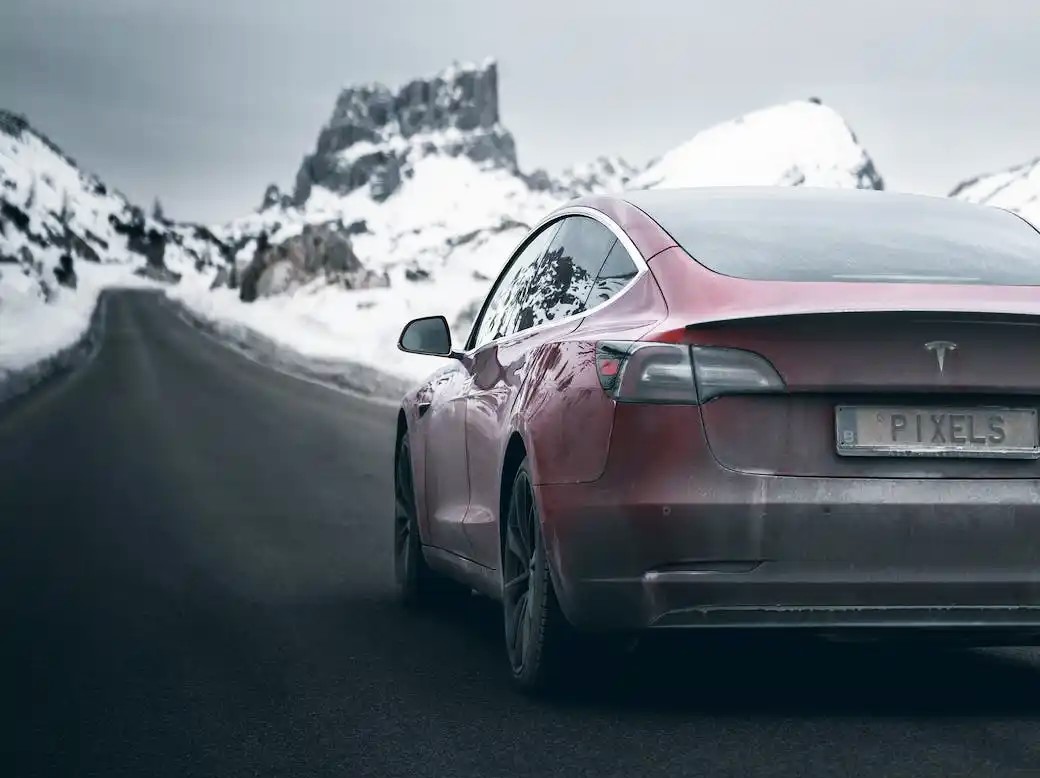-
By EV Plug Pros
- 0 Comments
Driving electric vehicles (EVs) during winter presents unique challenges due to the impact of cold weather on battery performance and vehicle efficiency. EV Plug Pros has some tips and considerations for driving EVs in winter conditions:
- Range Management:
Expect reduced range due to cold temperatures affecting battery performance. Plan shorter trips or include buffer range in your journey calculations.
Precondition your EV while it’s plugged in to warm up the battery and cabin before driving. This helps improve efficiency and preserves battery life.
- Charging Strategies:
Account for potential slower charging times in cold weather. Cold batteries charge slower than in milder temperatures. Keeping the vehicle plugged in when not in use helps maintain battery temperature.
Plan your charging stops in advance and consider the availability of covered or sheltered charging stations during inclement weather.
- Winterizing Precautions:
Utilize the heating system conservatively as it can significantly impact battery consumption. Using the seat and steering wheel heaters consumes less energy compared to heating the entire cabin.
Ensure the EV’s tires are suitable for winter conditions. Consider using winter or all-season tires with proper tread depth for improved traction on snow and ice.
- Driving Efficiency:
Drive in Eco or Range mode if available in your EV. These modes optimize energy consumption and can extend your driving range.
Practice smooth and gradual acceleration and braking to maximize efficiency. Utilize regenerative braking to help recharge the battery while slowing down.
- Safety Measures:
Stay updated on weather forecasts and road conditions. EVs generally offer good traction due to the weight distribution from the battery, but caution is still essential on slippery surfaces.
Maintain appropriate distance from other vehicles and drive at moderate speeds in adverse weather conditions.
- Emergency Preparedness:
Keep an emergency kit in your vehicle, including items like blankets, a flashlight, extra clothing, non-perishable snacks, and a portable charger for your phone.
In case of extreme weather, have a backup plan or alternative transportation options available.
- Routine Maintenance:
Regularly check the vehicle’s battery health and overall condition during winter months. Cold temperatures can affect battery life and efficiency over time.
Despite the challenges, many EV owners successfully navigate through winter conditions by planning ahead, adapting driving habits, and utilizing the vehicle’s features for optimal performance. With proper preparation and awareness of the limitations in colder weather, EVs can remain a reliable and efficient mode of transportation throughout the year.

